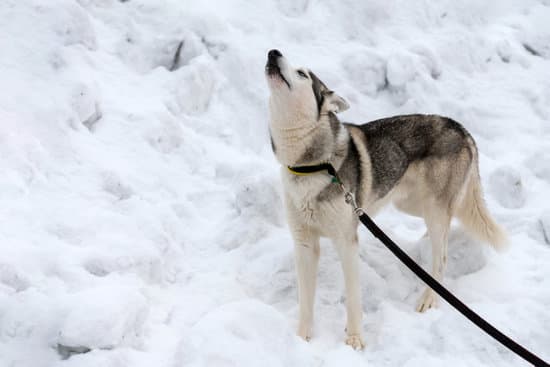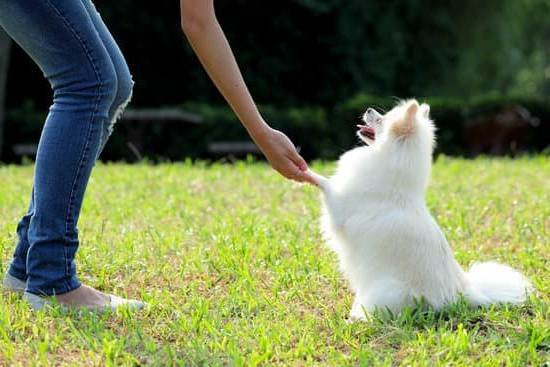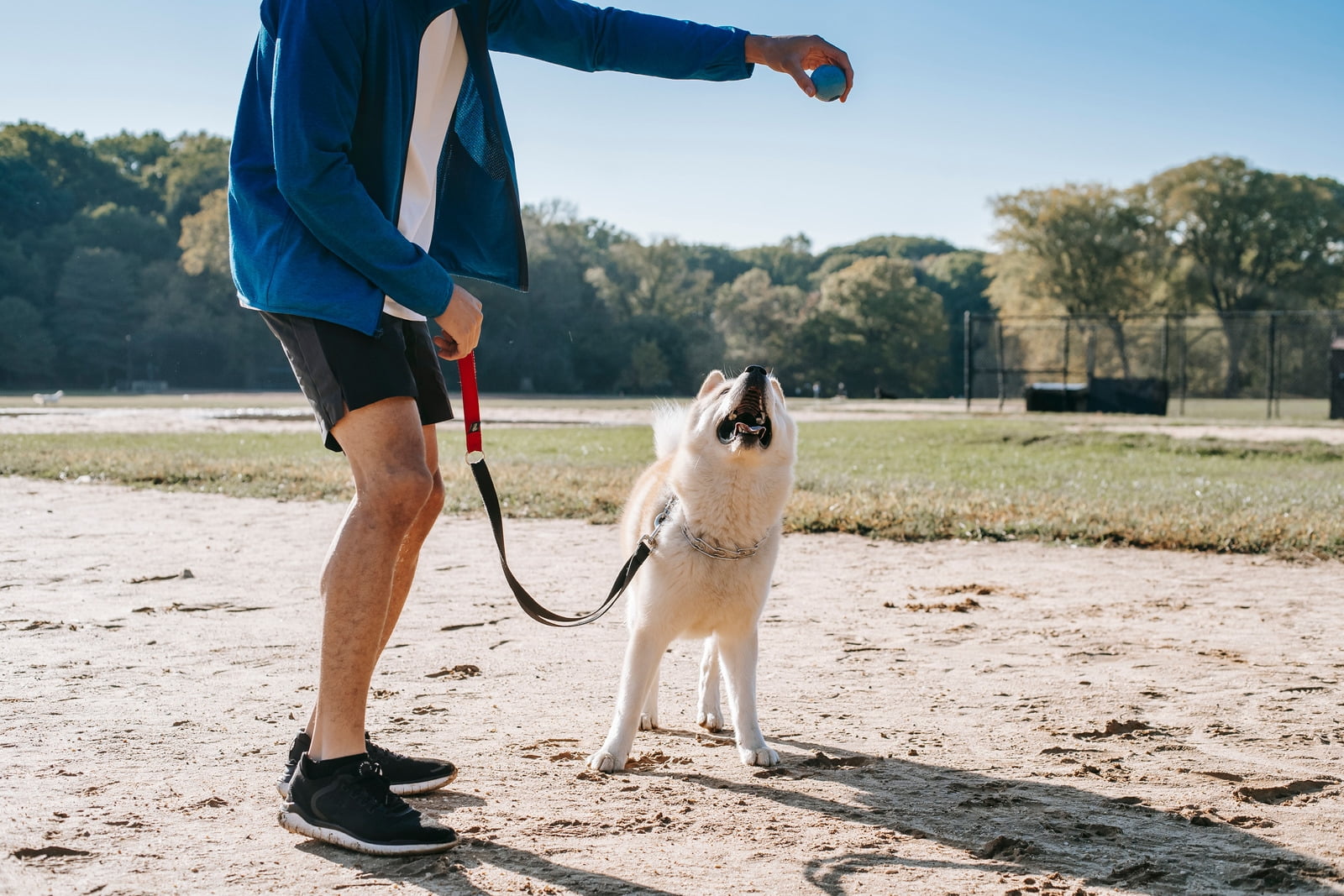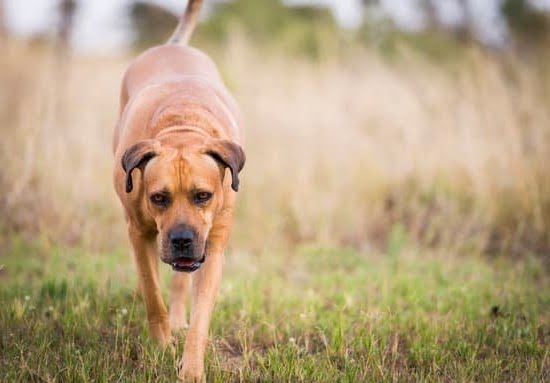Are you struggling with how to leash train a 2 year old dog? Leash training is an essential skill for any dog, regardless of age. In this article, we will explore the importance of leash training for dogs and provide a comprehensive guide to help you effectively train your 2 year old canine companion. From assessing your dog’s current behavior to troubleshooting common issues, we will cover everything you need to know to successfully leash train your furry friend.
Leash training is not just about teaching your dog to walk nicely on a leash; it is about establishing leadership and trust between you and your dog. It also provides safety for both you and your pet when out for walks or in public spaces. Understanding the significance of leash training will set the stage for a successful training process and enable you to enjoy the benefits that come with a well-behaved, leashed companion.
In this article, we will discuss the basic principles of leash training, step-by-step training techniques specifically tailored for 2 year old dogs, troubleshooting common issues that may arise during the training process, and implementing a consistent training routine. Whether you are struggling with pulling, lunging, or distractions, we have got you covered. So let’s dive right in and begin the journey towards effectively leash training your 2 year old dog.
Setting the Stage
Before embarking on leash training, it’s important to assess your 2 year old dog’s current behavior when attached to a leash. Take note of how they react when you pick up the leash and approach the door for a walk. Do they become overly excited, anxious, or resistant? Does your dog pull, lunge, or exhibit aggressive behavior while on the leash? Understanding their current behavior will help you tailor your training approach to address specific issues.
It’s also important to consider any past experiences your dog may have had with leashes that could be influencing their behavior. For example, if they were previously not properly leash trained, they may have developed negative associations with being restrained by a leash. Additionally, assessing your dog’s behavior in different environments such as in the presence of other dogs, people, or distractions will also be crucial in understanding what areas need improvement.
One way you can assess this is by taking short walks in different settings and observing how your dog responds. By identifying any problematic behaviors early on, you will be better equipped to address them during the training process. Remember that patience and understanding are key when evaluating your 2 year old dog’s leash behavior.
| Current Leash Behavior | Possible Triggers |
|---|---|
| Pulling on the leash | Presence of other dogs/people |
| Anxiety when approaching the door for a walk | Past negative experiences with leashes |
| Lunging and aggressive behavior | Distractions such as squirrels or birds |
Getting Started
When it comes to leash training your 2 year old dog, having the right equipment is essential for a successful training process. Here are some key items you’ll need to gather before getting started:
Proper Collar or Harness
The first step in gathering the right equipment for leash training is to choose a proper collar or harness for your dog. Make sure that the collar fits comfortably and securely around your dog’s neck, or opt for a harness if your dog tends to pull on the leash or has breathing issues.
Leash
It’s important to select an appropriate leash for your dog based on their size and behavior. For larger, stronger dogs, a thicker and more durable leash is recommended. For smaller breeds or dogs that do not pull as much, a lighter leash may be suitable.
Treats and Rewards
Positive reinforcement is a crucial part of successful leash training. Be sure to have plenty of treats and rewards on hand to encourage good behavior while on the leash. Select treats that are especially enticing for your dog and use them as a motivating factor during the training process.
Training Pouch or Bag
A training pouch or bag can be useful for carrying treats, toys, and other essentials during walks and training sessions. Having easy access to rewards will help reinforce positive behavior when teaching your 2 year old dog to walk nicely on a leash.
By having these essential items on hand, you’ll be well-prepared to begin the process of leash training with your 2 year old dog. Taking the time to gather the right equipment will set you up for success as you work towards establishing good walking habits with your furry companion.
The Basic Principles
Establishing leadership and trust with your dog is essential for successful leash training. By demonstrating to your dog that you are the pack leader, you can gain their respect and cooperation when it comes to walking on a leash. Here are some basic principles to keep in mind as you work on this aspect of training:
- Consistency: Dogs thrive on consistency, so it’s important to set clear expectations and maintain them throughout the training process.
- Positive reinforcement: Using treats, praise, and rewards can encourage your dog to exhibit the behaviors you want while walking on a leash.
- Body language: Your posture and body language play a significant role in how your dog perceives you as a leader. Stand tall, walk with confidence, and exude calm assertiveness.
In addition to these principles, it’s important to establish trust with your dog. Trust is the foundation of any successful relationship, including the one between a dog and their owner. When it comes to leash training, trust can be built by:
- Building rapport: Spend quality time with your dog outside of training sessions, engage in playtime, and provide ample opportunities for bonding.
- Communicating effectively: Pay attention to your dog’s body language and cues, listen to their needs, and respond appropriately during walks.
- Respecting boundaries: Give your dog space when needed and create an environment where they feel safe and secure during walks.
By incorporating these basic principles into your leash training routine, you can lay the groundwork for a positive and successful experience for both you and your 2-year-old dog.
Step-by-Step Training
When it comes to teaching your 2-year-old dog to walk nicely on a leash, consistency and patience are key. Start by choosing the right collar or harness for your dog. A front-clip harness can help reduce pulling, while a standard collar can work for dogs who already have good leash manners. Make sure that the equipment you choose is comfortable and fits well, as this will make the training process smoother.
Once you have the proper equipment, it’s important to start in a low-distraction environment. Begin with short walks and use positive reinforcement when your dog is walking calmly by your side. Treats, praise, and toys can be effective tools for encouraging good behavior during leash training. Gradually increase the duration of your walks as your dog becomes more comfortable and responsive to your commands.
Another important aspect of leash training is teaching your dog verbal cues such as “heel” or “let’s go”. Consistency in using these cues will help your dog understand what is expected of them during walks. It’s also crucial to be patient and understanding as some dogs may take longer to grasp the concept of walking nicely on a leash. Remember that every dog is different, so progress may vary from one animal to another.
| Leash Training Tip | Description |
|---|---|
| Start in Low-Distraction Environments | Begin leash training in areas with minimal distractions to help your dog stay focused. |
| Use Positive Reinforcement | Reward good behavior with treats, praise, or toys to encourage your dog during training sessions. |
| Teach Verbal Cues | Be consistent in using verbal cues such as “heel” or “let’s go” while walking with your dog. |
Troubleshooting Common Issues
When leash training a 2 year old dog, it’s common to encounter issues such as pulling, lunging, and distractions. However, these challenges can be addressed with patience and consistent training. Here are some tips for troubleshooting these common issues:
1. Pulling: Many dogs will instinctively pull on the leash when they are excited or eager to explore their surroundings. To address this behavior, consider using a front-clip harness that discourages pulling by redirecting your dog’s attention back towards you. Additionally, practice stopping and changing direction whenever your dog starts to pull. This will teach them that pulling on the leash does not get them where they want to go.
2. Lunging: Dogs may lunge on the leash when they see something of interest or if they feel threatened. It’s important to teach your dog impulse control through positive reinforcement training techniques. Use treats and praise to reward your dog for staying calm and focused while walking on the leash. Gradually increase the level of distraction during training sessions to help your dog learn how to remain composed in different situations.
3. Distractions: Whether it’s other dogs, people, or wildlife, distractions can make leash training challenging. Start by practicing in a quiet environment and gradually introduce distractions as your dog becomes more confident and responsive to commands. Use high-value treats or toys to redirect your dog’s attention away from distractions and back to you.
By consistently addressing these common issues during leash training, you can help your 2 year old dog become a well-behaved companion while enjoying daily walks together. Remember that every dog is unique, so patience and understanding are essential as you work through any challenges that may arise during the training process.
Consistency Is Key
Establishing a Schedule
Consistency is key when it comes to leash training a 2 year old dog. One of the most important aspects of consistency is establishing a regular training routine. This means setting aside dedicated time each day to work on leash training with your dog. Whether it’s in the morning, afternoon, or evening, sticking to a consistent schedule will help reinforce the training and make it more effective for your dog.
Repetition and Practice
In addition to setting a regular training schedule, repetition and practice are also crucial in leash training a 2 year old dog. Dogs learn through repetition, so it’s important to consistently practice walking on the leash with your dog. This can include short sessions throughout the day or longer walks focused specifically on leash training. The more you practice with your dog, the quicker and more effectively they will learn to walk nicely on a leash.
Positive Reinforcement
Implementing a regular training routine also provides an opportunity for consistent positive reinforcement. When your 2 year old dog exhibits good behavior on the leash, be sure to reward them with praise, treats, or their favorite toy.
Consistently rewarding positive behavior helps reinforce the desired actions and encourages your dog to continue behaving well on the leash. On the other hand, if your dog displays undesirable behavior, consistently address it with clear commands and redirect their attention back to walking calmly on the leash.
By implementing a regular training routine that incorporates establishing a schedule, repetition and practice, and positive reinforcement, you can effectively instill good leash walking habits in your 2 year old dog over time. Consistency is key in reinforcing these behaviors and helping your dog become a well-behaved walking companion.
Enjoying the Outcomes
As you continue with the leash training process for your 2-year-old dog, it’s important to understand the many benefits that come from this training. Not only will leash training improve your dog’s behavior and overall obedience, but it will also lead to a more enjoyable experience for both you and your furry friend.
One of the main benefits of leash training is that it allows for a safer and more controlled outdoor experience. With proper training, your dog will be less likely to lunge at other animals or people, reducing the risk of aggressive behavior or accidents.
In addition to safety, leash training can also lead to a stronger bond between you and your dog. By establishing yourself as the leader during walks, your dog will learn to trust and respect your guidance. This mutual trust and obedience can also extend to other aspects of your relationship, resulting in better communication and understanding between you and your pet. Furthermore, properly trained dogs are often welcome in more public spaces, allowing for a wider range of activities together.
Leash training can also have positive effects on your dog’s physical health. Regular walks and exercise are essential for maintaining a healthy weight, preventing obesity-related health issues, and promoting overall physical wellness. By teaching your dog to walk nicely on a leash, you are ensuring that they get the necessary physical activity they need to thrive.
This can lead to improved stamina, muscle tone, and cardiovascular health for your canine companion. So not only does leash training benefit their behavior and obedience, but it also contributes to their overall well-being.
Conclusion
Leash training a 2-year-old dog can be a challenging but rewarding experience. By taking the time to understand the importance of leash training, assessing your dog’s current behavior, and following the basic principles of establishing trust and leadership, you are setting the stage for success. It’s important to gather the right equipment and approach the training with patience and consistency.
As you work through the step-by-step training process and troubleshoot any common issues that arise, remember that consistency is key. Implementing a regular training routine will help reinforce good leash behavior and create a positive association with walking on a leash for your dog.
Ultimately, embracing the journey of leash training with your 2-year-old dog can lead to numerous benefits for both you and your pet. Not only will it make walks more enjoyable, but it will also strengthen your bond and improve communication between you and your dog.
With dedication and effort, you can successfully teach your dog to walk nicely on a leash, making outdoor adventures together even more fun. So embrace this journey of leash training as an opportunity to deepen your relationship with your beloved pet.
Frequently Asked Questions
Can a 2 Year Old Dog Still Be Trained?
Yes, a 2-year-old dog can still be trained. While it may take a bit more time and patience compared to training a puppy, dogs of any age can learn new commands and behaviors through consistent training and positive reinforcement.
How Long Does It Take to Leash Train a 2 Year Old Dog?
The time it takes to leash train a 2-year-old dog can vary depending on the individual dog and their previous experiences with leashes. It may take several weeks or even a few months for some dogs to become comfortable and well-behaved on a leash. Consistency, positive reinforcement, and patience are key in successful leash training.
How Do I Teach My 2 Year Old Dog to Walk on a Leash?
To teach your 2-year-old dog to walk on a leash, start by getting them used to wearing the collar or harness at home before attaching the leash. Once they are comfortable with this, begin practicing walking on a leash in a calm, familiar environment with minimal distractions.
Use treats and verbal praise to positively reinforce good behavior while walking on the leash. Gradually increase the duration and complexity of walks as your dog becomes more confident and responsive on the leash.

Welcome to the blog! I am a professional dog trainer and have been working with dogs for many years. In this blog, I will be discussing various topics related to dog training, including tips, tricks, and advice. I hope you find this information helpful and informative. Thanks for reading!





